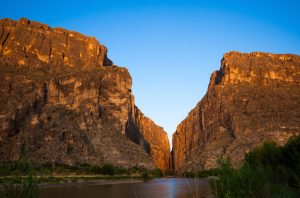On paper, the Santa Elena Canyon sounds pretty damned impressive. Red rock cliffs rise up to 1,500 feet, straight into cloudless, blue sky; the clear, cool Rio Grande rushes along the canyon floor. One side is Texas and Big Bend National Park, the other Mexico. On both sides, nothingness. In some directions, for hours.
If this all sounds pretty great, that is because it kind of is. The real thing, though, is way better than you’re imagining. Describing it, well – it’s hard to know where to start. Standing on the banks of the narrow river as it flows out on to the plain, the only sounds are the occasional crunch of sneakers on dry riverbed, and maybe the odd sheep bell clanging from the otherwise silent herd that’s grazing over at the neighbors’. All sound seems to amplify as it drifts back into the canyon.
A trail leads deep inside, then down and back; your fellow hikers appear like ants as they top out on the initial incline. The further you go, the quieter the trail, until you are nearly a mile and a half from where you started, deep inside the ever-narrower crevasse, to the point where it is just you on the river’s sodden, sandy banks, in extreme silence and almost terrifying solitude.
The canyon is, quite simply, one of the most impressive places that most Americans will never see. It is precisely for this reason that you need to go there.
The story is similar, up and down the miles upon miles of Rio Grande that form the border between Texas and Mexico – for every mile that's been managed, dammed, diverted and polluted or turned into a political pawn in the kerfuffle over drugs and immigration, it always seems as if there are a hundred more where everything is completely normal, silent, pristine.
There's a reason for this -- to see the river at its best, particularly in Texas, you often have to be willing to drive for hours from the nearest place most people have heard of. If you like going off the grid, this is probably one of the best places to do it. Few – if any – towns on the Mexican side of the border have been untouched by the drug wars; neither have the towns on the Texas side, for that matter, though they do remain remarkably safe, with a ton of law-enforcement hanging around most every developed area. Once you get out into the wilderness though, there’s nobody and nothing on either side of the border – here, things are pretty much as they have always been. From the old villages south of El Paso on down to the Gulf, here are a few stops that show the region at its most interesting – and relaxing.
Explore our nation's other heritage in San Elizario
This half-abandoned town along the river just south of El Paso is, if you ask locally, anyway, as important to American history as Plymouth, Massachusetts. It’s here that explorer Don Juan de Oñate crossed over into what’s now the United States, on his way to establish the capital of New Spain (PS, that’s Santa Fe, New Mexico.) Ask the staff at the small but concise museum – across from the immaculate chapel, last re-constructed back in the 1800s – to tell you all about the First Thanksgiving, celebrated by Oñate and his men right here in 1598.
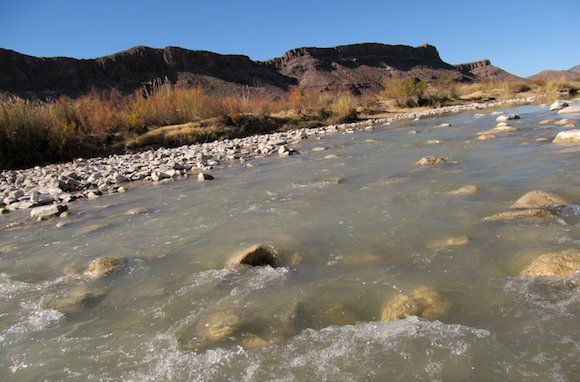
Go swimming with the ghosts of Contrabando
This abandoned town inside Big Bend Ranch State Park was never actually occupied, unless you count Hollywood stars as people. Constructed in the ’80’s for a forgettable western/comedy – Uphill All The Way, starring Roy Clark, Glen Campbell and Burl Ives – Contrabando was popular for a time with film crews; today it’s a good place to access the river for a bit of rock-hopping. Important: Crossing into Mexico is basically legal; it’s crossing back into the United States without going through a border checkpoint that’s against the law. A good rule of thumb is to stay in the river and avoid climbing onto dry land on the other side. Nobody’s going to bust you for swimming out here, but they may ask questions – that is, if anyone sees you down here. Which they probably won't.
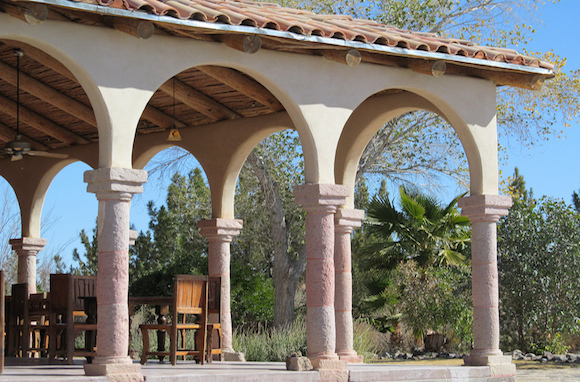
Relax at the end of the world
Not so much a town as it is a resort built to look like one, Lajitas is one of those places that would be a lot better if it had any real competition within, say, hundreds of miles. But it doesn’t, and while it’s excellent for golf (the course, designed by Lanny Watkins, makes many a duffer weak in the knees) and equestrian activities, it needs an infusion of capital and a team with some vision to make it the world-class retreat it was built to be. For now, it’s a comfortable spot to spend a night and shake the dust off your feet after a day or two in the wilds of the Big Bend parks.
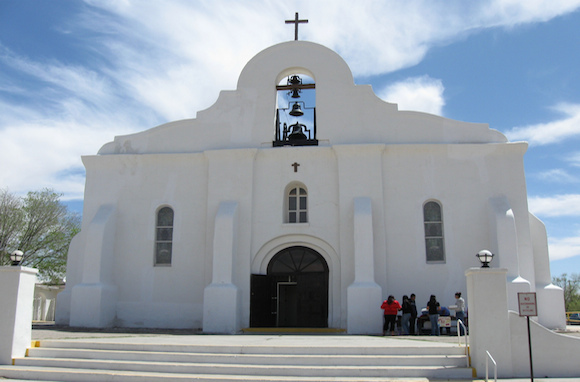
Disappear into Santa Elena Canyon
It’s just one of many beauty spots within the vast Big Bend National Park (the least visited in the system, if you didn’t know), but if you have time for one stop, this is she. Visiting’s easy; you park right at the foot of the canyon and make the 1.5-mile trek in; to get more involved, plan a float trip with with one of the outfitters serving the park; the excellent Far Flung Outdoor Center can handle all your needs, including lodging in their cool little casitas (with cable and wireless, yet) located just next to their HQ in Terlingua, a settlement of cantankerous old hippies and other assorted loose screws, near the park’s western gate.
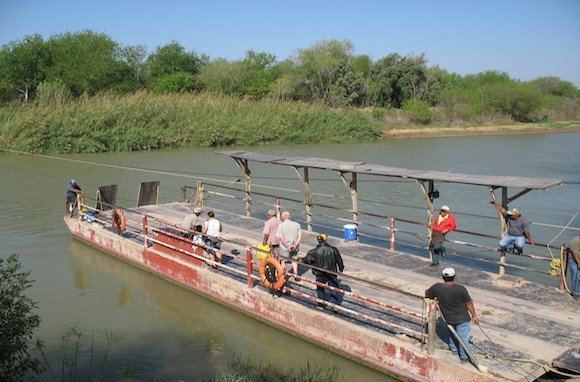
Cross the border at Los Ebanos
In many parts of Texas these days, what with the drug wars and all, crossing the border tends to happen strictly on an as-needed basis. Then, of course, there are the out-of-the-way spots where it’s like nothing is out of the ordinary, spots like this Rio Grande Valley settlement that’s home to the only hand-pulled ferry operating on the river. The ferry takes three cars and about a dozen foot passengers, the trip takes about eight minutes. Once you get over to the other side, it’s nothing but open fields – the nearest town, and not much of one, is about four miles away. Your best bet – either hitch a ride in with someone coming off the ferry, or take a short walk before turning around and heading back. Remember – passports are required to reenter the United States.
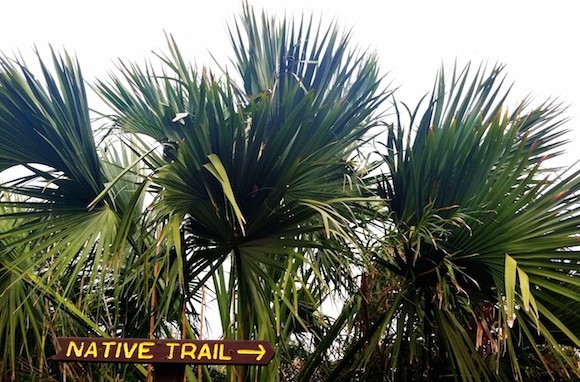
Hike through one of the most exotic landscapes in the United States
The 557-acre Sabal Palm Sanctuary, hidden away along the river just past the bustle of downtown Brownsville hasn’t had it easy – it never seems to have enough money on hand to stay up and running, for starters. Then, to make matters worse, comes the locally-hated border wall, which has been rammed mercilessly through many a Rio Grande community. When it came Brownsville’s turn, the sanctuary ended up on the Mexican side, deterring passersby who weren’t even sure if they were supposed to be crossing through the gap in the wall to get in. (It’s all legal, no worries.) In spite of all these obstacles, the property remains open for birders and aficionados of the Rio Grande Valley’s impressive tropical flora. A secluded gazebo located at the end of one of the trails sits suspended above the river, so close to Mexico you could pass notes to the other side.
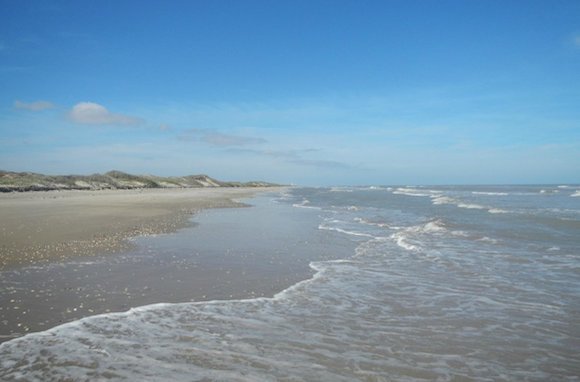
Go where the river ends
Where the Rio Grande meets the Gulf of Mexico, just a short drive past Brownsville, you’ll find Boca Chica State Park, a peaceful, undeveloped beach that’s popular with vehicle traffic. This makes it more of a spot for a beach drive (very fun) than a quiet swim; if you’ve a mind to do that, cleaner and prettier South Padre Island is just a short drive to the north. Scores of local fishermen put in their lines out here, hoping for the big catch. At the southern end of the beach, with no warning whatsoever, the Rio Grande pops out from behind the dunes, making its final push out into the gulf. Many unusual birds like to hang out around here; at peak times, the bino-toting birders who love to ogle them are a beach staple.
Ready to make the trip? See our latest fare listings to nearby Brownsville, Harlingen, McAllen, San Antonio, and El Paso.
Los Ebanos image from Panoramio via Rob Nemlander
